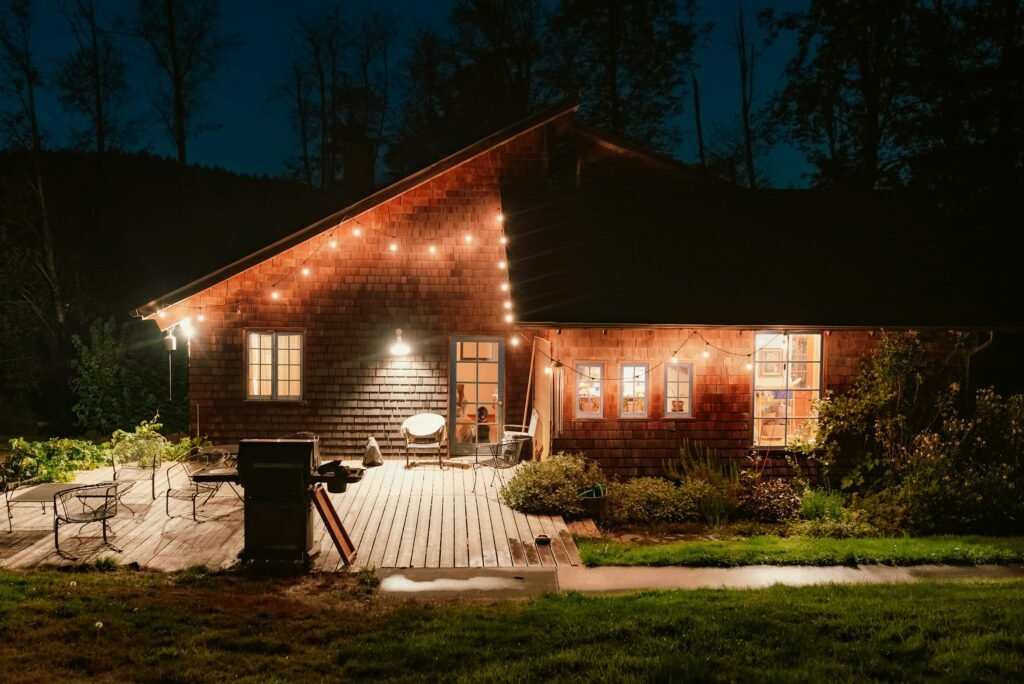Log homes hold a unique charm that attracts many homeowners seeking a rustic and natural aesthetic. However, beneath their picturesque exteriors lies a complex system of logs that form the structural backbone of these dwellings. Understanding the structural integrity of log homes is crucial for ensuring their longevity, safety, and comfort. In this comprehensive guide, we’ll delve into the key aspects of log home construction and maintenance to provide insights into how these iconic structures stand the test of time.

The Anatomy of Log Homes
At the core of every log home is, unsurprisingly, logs. These logs serve as load-bearing elements, supporting the weight of the structure and distributing it evenly to the foundation. Each log is carefully selected for its quality, straightness, and size, with larger logs typically used for the lower courses to bear more weight. The logs are stacked horizontally, with notches or dovetails at the corners to interlock and create a sturdy bond.
Factors Affecting Structural Integrity
Several factors can influence the structural integrity of a log home, including:
Moisture: Logs are susceptible to moisture absorption, which can lead to rot, decay, and insect infestation. Proper sealing, staining, and maintenance are essential to prevent moisture ingress.
- Settling: As logs naturally shrink and settle over time, a process known as “settling,” adjustments may be needed to maintain structural stability. Proper foundation design and construction can mitigate settling issues.
- Insect Damage: Wood-boring insects such as termites and carpenter ants can compromise the integrity of log homes by tunneling through the wood. Regular inspections and preventive treatments are crucial for insect control.
- Weathering: Exposure to harsh weather conditions, such as rain, snow, and UV radiation, can cause deterioration of the logs’ surface. Protective coatings and routine maintenance can help mitigate weathering effects.
Structural Support Systems
In addition to the logs themselves, log homes often incorporate other structural support systems to enhance stability and strength. These may include:
- Beams and Posts: Horizontal and vertical beams and posts provide additional support to the log walls and help distribute the load to the foundation.
- Roof Trusses: Trusses or rafters support the roof structure and help transfer its weight to the walls and foundation.
- Purlins and Joists: Purlins and joists run perpendicular to the roof trusses and provide support for the roof decking and insulation.
- Sheathing and Insulation: Sheathing materials, such as plywood or OSB, are sometimes used to reinforce the walls and provide a flat surface for siding installation. Insulation between the logs helps regulate temperature and energy efficiency.
Maintenance and Repairs
Regular maintenance is essential for preserving the structural integrity of a log home. Here are some maintenance tasks to consider:
- Inspections: Conduct periodic inspections of the logs, foundation, roof, and other structural components to identify any signs of damage or deterioration.
- Cleaning: Remove dirt, debris, and mold from the surface of the logs using a gentle cleaning solution and soft brush. Avoid pressure washing, as it can damage the wood fibers.
- Sealing and Staining: Apply a quality sealant and stain to the exterior of the logs to protect them from moisture, UV radiation, and insect damage. Reapply as needed according to the manufacturer’s instructions.
- Repairing Damage: Address any cracks, checks, or rot in the logs promptly to prevent further deterioration. Replace damaged logs or sections as necessary, ensuring proper sealing and integration with the existing structure.
Professional Assistance
While many maintenance tasks can be performed by homeowners, some repairs and inspections may require the expertise of a professional log home builder or contractor. When in doubt, seek professional assistance to ensure the structural integrity and safety of your log home.
In conclusion, understanding the structural integrity of log homes is essential for maintaining their beauty, functionality, and longevity. By familiarizing yourself with the anatomy of log homes, identifying factors that affect structural stability, implementing proper maintenance practices, and seeking professional assistance when needed, you can ensure that your log home remains a safe and secure haven for generations to come.